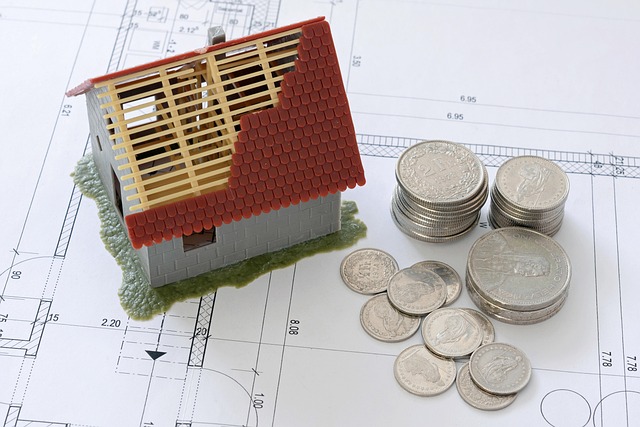Technology-driven tools changing property search and management
Advances in digital platforms, data analytics, and automation are reshaping how people find, evaluate, and manage housing and property. From enhanced listings and virtual tours to automated tenancy workflows and sustainability tracking, technology is adding new layers of efficiency and transparency across investment, mortgage planning, renovation, and day-to-day management.

Digital tools are changing how people discover and handle housing and property across markets worldwide. Search platforms, machine learning, and integrated management systems are reducing friction in listing discovery, valuation, and tenancy workflows while providing data that supports investment and mortgage decisions. These technologies can streamline administrative tasks, surface relevant listings faster, and support long-term goals such as sustainable retrofit and monitored development, though regulatory and market contexts still shape outcomes.
How do listing and analytics improve property search?
Online listings have evolved beyond static photos and text into dynamic, searchable inventories enriched by analytics. Platforms now tag listings with granular filters—neighborhood attributes, transport links, energy ratings—and apply user-behavior analytics to rank and recommend properties. Improved search relevance shortens the time buyers or renters spend scanning options, while analytics help local agents and developers understand demand patterns and tailor listings accordingly. Accurate metadata and standardized listing feeds also reduce duplication and improve visibility for genuine inventory.
How do valuation and mortgage tools guide investment?
Automated valuation models (AVMs) and mortgage calculators link market data, comparable sales, and interest-rate scenarios to provide quick, evidence-based estimates for valuation and financing. For investors, these tools clarify potential yields, cash flow, and sensitivity to rate changes; for homebuyers they illustrate affordability under different mortgage terms. While AVMs provide fast estimates, professional appraisals remain important for nuanced valuation, especially where renovations, development potential, or unique local factors are involved.
How are rental and tenancy platforms changing management?
Property management platforms integrate listing, screening, rent collection, and maintenance workflows into single interfaces. For landlords and managers, digital tenancy tools automate applications, background and credit checks, digital signing, and payment tracking, reducing manual administration and improving record-keeping for compliance. Tenants benefit from clearer communication channels for maintenance requests and electronic receipts. When combined with analytics, these platforms help identify turnover drivers, optimize rental pricing, and streamline tenancy lifecycle tasks.
What role do sustainability and retrofit tools play?
Sustainability-focused software helps assess energy use, model retrofit outcomes, and prioritize improvements that reduce operating costs and emissions. Tools that estimate payback periods for insulation, HVAC upgrades, or solar installations support decisions for renovation or redevelopment. Integrating sustainability metrics into listings and valuation models increasingly matters to investors and occupiers, particularly where regulations or incentives encourage retrofit. These assessments complement traditional valuation inputs by highlighting longer-term operational savings and climate resilience.
How do regulations and urbanization affect housing decisions?
Urbanization trends and regulatory frameworks shape how technology is applied across development and management. Zoning, building codes, tenancy regulations, and local permitting influence listing accuracy, renovation feasibility, and development timelines. Digital permitting portals, compliance checklists, and geospatial mapping tools help stakeholders navigate regulatory complexity, but they rely on current local data. Rapid urban growth can increase demand and change neighborhood profiles, making localized analytics essential for understanding supply-demand shifts and investment risk.
How do renovation and development tools integrate with workflows?
Project-management and BIM-lite platforms connect renovation planning, cost estimation, contractor coordination, and scheduling with listing and valuation systems. These integrations make it easier to project returns from renovation, align renovation scopes with market expectations, and present upgraded listings with accurate specifications. For developers, collaborative tools facilitate phased development, stakeholder reporting, and coordination with finance teams to match construction milestones to mortgage or investment disbursements.
Conclusion Technology-driven tools are expanding the information and operational capabilities available to buyers, renters, investors, managers, and developers. By improving search precision, supporting valuation and mortgage planning, automating tenancy processes, and integrating sustainability and renovation data, these tools contribute to more informed decision-making across the property lifecycle. The value of each tool depends on data quality, regulatory context, and how well platforms interoperate with local services and professional advice.





